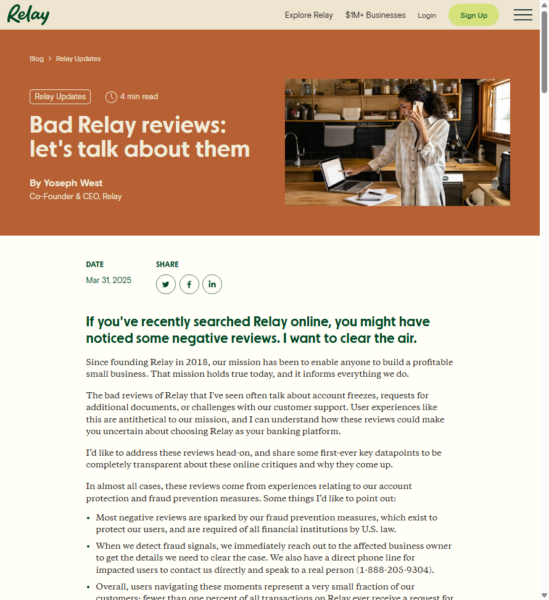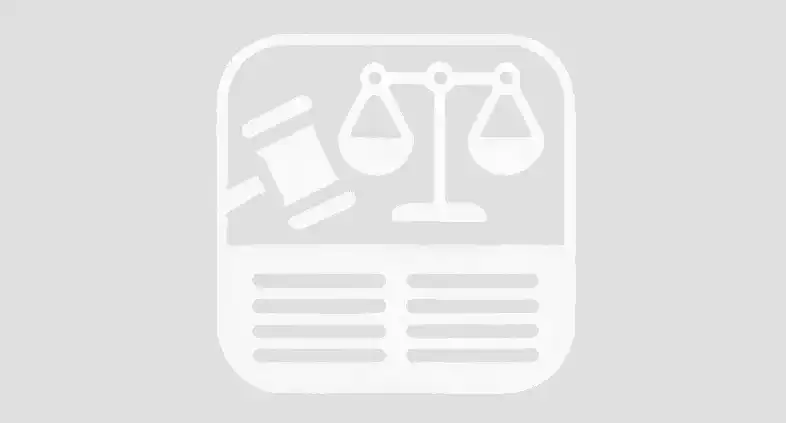Many clients who are injured delay calling an attorney because they are apprehensive about the process. There is no need to be. An experienced personal injury attorney will put his client at ease and explain every step of the process during the first interview. While the specifics of any individual case vary with the facts, most personal injury lawsuits will follow some or all of the steps described in this blog. The blog will be in two parts – before and after a lawsuit is filed.
Some attorneys will ask a client to sign a contingency fee agreement and authorizations to obtain relevant records, at the first meeting. Almost all personal injury cases are handled on a contingency basis, meaning that the attorney’s fee is a percentage of the financial recovery, which also means that the attorney is not paid unless he recovers money for the client. In most, but not all, cases, the attorney’s firm will advance the expenses necessary to pursue the case. The attorney may accept the case on the spot, or take the case for the limited purpose of further investigation to determine whether it is a sound case.
Promptly after the first meeting, the attorney should begin gathering necessary evidence. Depending on the case, this may include medical and personnel records, police reports, witness information or statements, background information, such as corporate database searches, photographs, and anything necessary to prove that the defendant(s)’ negligence was responsible for the client’s injuries. In medical malpractice and products liability cases, the attorney will almost always obtain the opinion of an expert before fully accepting the case. It does neither the lawyer nor client any good to pursue a case that should not be pursued or that cannot be won.
Cases involving modest injuries, especially car accident cases and other motor vehicle accident cases, can often be settled without filing a lawsuit. Once the attorney provides the defendant’s insurance adjuster with all necessary information, the adjuster will usually evaluate the case and begin settlement discussions, which should result in a pre-suit resolution. Very occasionally, a major injury case can be settled without litigation. This usually occurs only when the defendant’s liability is so obvious that defense counsel and the insurer realize that fighting the claim would be futile. In one such case in Boston some years ago, hospital personnel accidentally hooked a baby up to an IV filled with saline solution instead of the prescribed medication, killing the infant. The error was recorded and acknowledged and a multi-seven figure settlement was reached within 8 months.
In the great majority of wrongful death or catastrophic injury cases, a lawsuit must be filed and pursued to trial or trial-readiness, before a settlement can be reached. Part II of this blog, which will be posted tomorrow, will describe what typically happens during a lawsuit.

The Legal Examiner and our Affiliate Network strive to be the place you look to for news, context, and more, wherever your life intersects with the law.










Comments for this article are closed.